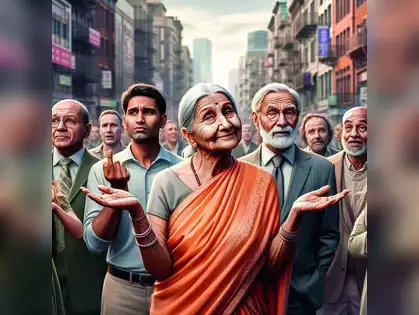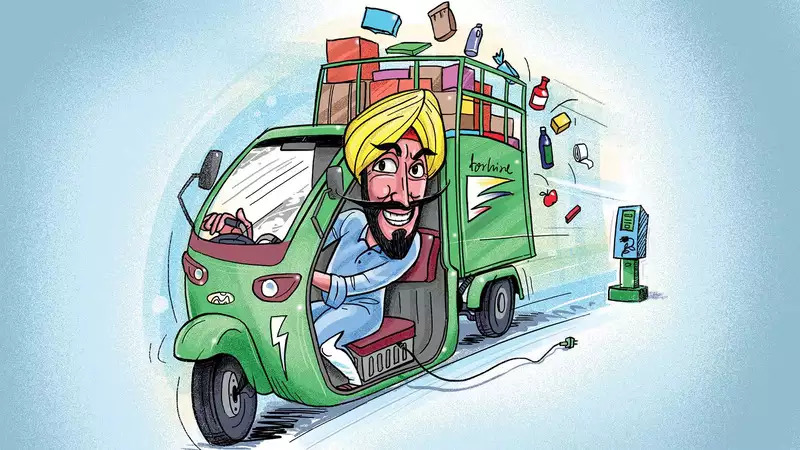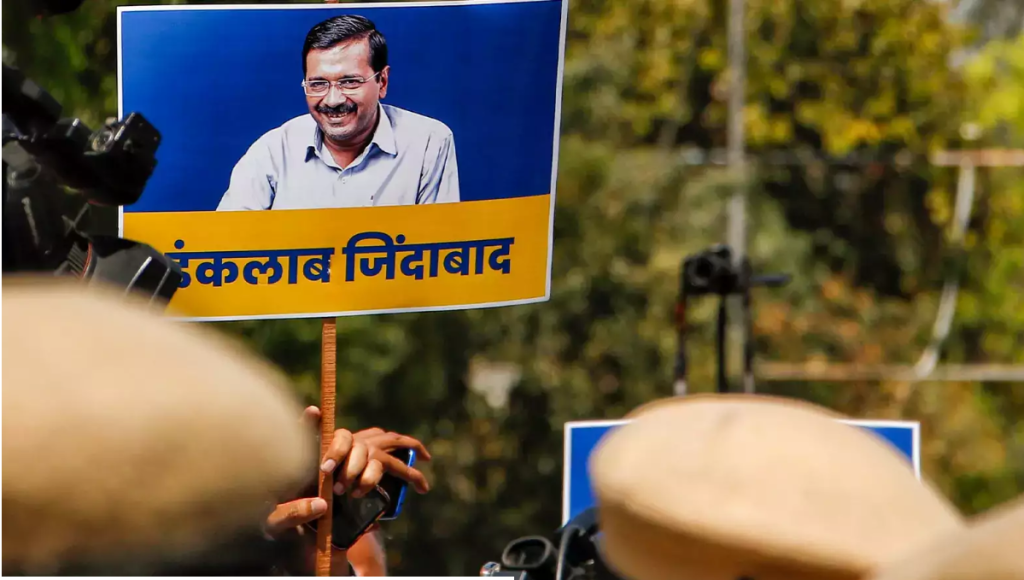Finance ministers, industrialists, bankers all pay lip service to price stability. Yet they all gain so much from inflation that they have institutionalised it. In the 1950s, inflation was negligible. But since the mid-1960s it has averaged 8 to 9 per cent per year, a rate so ingrained in every nook and crevice of the economy that it deserves to be called the Hindu rate of inflation.
In the last two years, inflation has been somewhat lower, averaging 6 per cent or so. But now that we have a Hindu nationalist party in power, you can be sure we will return to the Hindu rate of inflation. It is built into the budget.
When Dr Manmohan Singh was finance minister, he said wryly that politicians seem to dislike any kind of tax except the inflation tax. Now, the lay reader may be puzzled by the notion that inflation is a tax. Higher prices pinch the pockets of the consumer, of course, but how does the government gain? Inflation pushes up the government\’s revenue, but also its expenses. Some important taxes are specific – so many rupees per tonne or Piece — and in such cases revenue will not rise automatically with inflation. On balance, inflation is more likely to raise the government\’s spending than revenue, and hence widen the budget deficit. How, then, can inflation be a tax, as alleged by Dr Manmohan Singh?
The answer lies in the economics of debt. Every government borrows heavily to finance spending. The government\’s rupee debt was Rs 718, 299 crore at the beginning of the financial year. Suppose inflation increases by 3 percentage points. Then in real terms, adjusted for inflation, the value of the government\’s debt goes down by 3 per cent, which translates into a whopping Rs 22, 000 crore. This is more than double the record levy of Rs 9, 000-odd crore of fresh taxes by Mr Yashwant Sinha in his budget.
The government pays interest on its debt, and these payments are expected to touch Rs 75, 000 crore this year. So if inflation goes up by 3 percentage points, that will erode the real value of interest payments by Rs 2, 250 crore a year. Not quite as spectacular as the erosion of government debt, but a huge sum nevertheless. Thus inflation is an invisible tax on those the government borrows from, by eroding the value of their capital and their interest payments. The sufferers include all holders of government bonds and treasury bills; holders of national savings certificates; and contributors to provident funds and pension funds. It includes all people with bank accounts, since banks are obliged to lend 35 per cent of their money directly to the government.
So the inflation tax touches hundreds of millions of people, yet few realise it. Most value their investments and income without adjusting for inflation.
This is what economists call money illusion. If inflation rises from 6 per cent to 9 per cent, and a bank depositor is getting 12 per cent interest, the real interest on his deposit has been halved from 6 per cent to 3 per cent, yet he does not feel his real income has been halved.
Hence finance ministers can use inflation as a tax without the public (or rival politicians) noticing what is going on. If the finance minister levies a tax on petrol or fertilisers, everybody notices immediately and blames him for the consequent price rise.
But if instead he follows inflationary policies, few consumers notice, or pin the blame on the government. Indeed, they often feel inflation is caused by greedy traders or shopkeepers rather than the government. So subtle and insidious is the inflation tax that it picks the consumer\’s pocket without his noticing. So it is popular the world over with the biggest pick-pocket of all, the finance minister.
It is also popular with businessmen, who are borrowers on a large scale, second only to the government. Most companies have at least as much debt as equity, some much more. Inflation erodes the value of companies\’ debt and interest payments, so they smile when inflation accelerates and groan when inflation decelerates. They have been groaning for the last three years since inflation has fallen. Now they welcome inflation caused by the rupee\’s depreciation and higher import duties, which enable them to raise domestic prices correspondingly. Their profits will rise stridently this year. This suits Mr Sinha, who picks up 35 per cent of the additional profits as corporate tax. The consumer hardly notices that this is at his expense.
Inflation varies from year to year, so business is attuned to the long-term inflation rate. This happens to be 8 to 9 per cent, the Hindu rate of inflation. If inflation dips below this, businessmen complain they are paying an exceptionally high real rate of interest. They were unhappy with Mr Chidambaram\’s attempt to harmonise in stages with ASEAN, which would have meant going towards a Confucian rate of interest. They welcome Mr Sinha, who they believe, will take them back to the Hindu rate.
Bankers are both borrowers and lenders. They borrow from the public and lend to business. In times of inflation, banks are usually able to raise their lending rates faster than borrowing rates (lay folk are more subject to money illusion than businessmen). Besides, by helping corporate profits, inflation improves the ability of businessmen to service bank loans, and thus reduces dud loans.
Builders love inflation, which drives up the price of real estate. Smugglers love inflation, which drives up the price of gold.
So there you have a powerful cabal that revels in the joys of inflation. You may well ask, if inflation benefits so many powerful people, why do they not push it up to 20 per cent, or even 100 per cent?
The answer is that money illusion has its limits. Indian voters cannot tolerate double-digit inflation: money illusion vanishes at this point, and the political repercussions are severe. So the political class tends to push inflation up but without crossing the danger line of 10 per cent.
This then explains why the Hindu rate of inflation is 8 to 9 per cent. It maximises money illusion (maya) without destroying it. The Congress has played this game for decades. But it is somehow fitting for the first BJP budget to turn to these Hindu roots.




